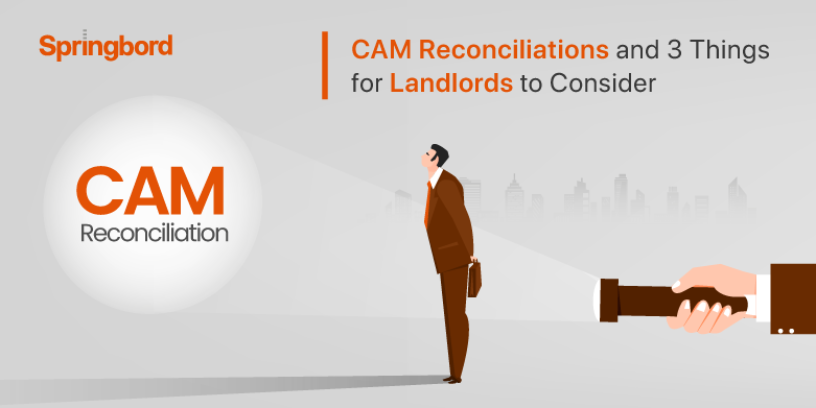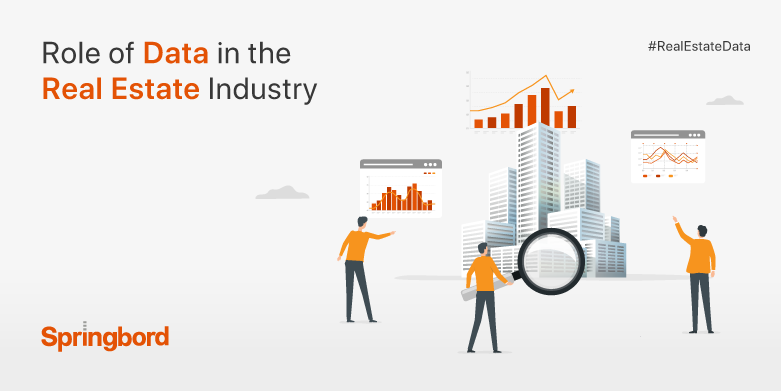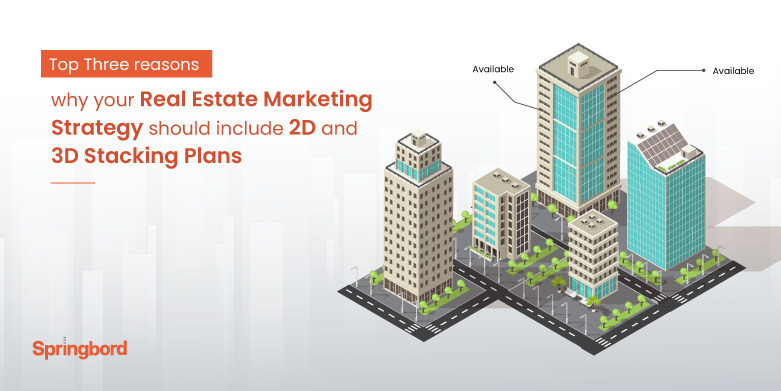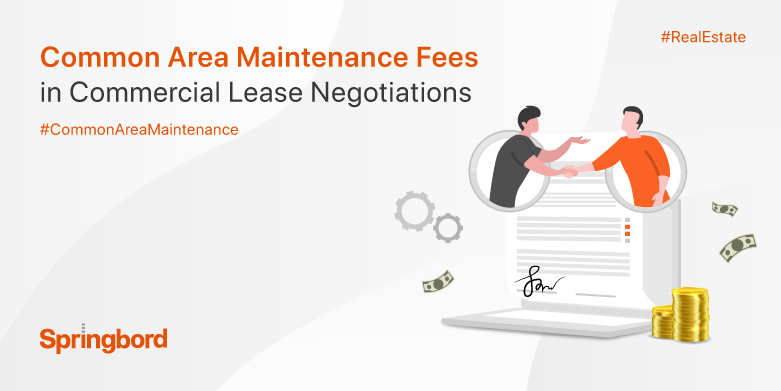 Read time 3 min
Read time 3 minThe real estate industry often uses jargon like NNN, pro-rata, CAM and so much more. If you are leasing your property or investing in a property, you would have definitely heard of the term CAM. Not sure of what CAM actually is? Let us now get to know its definition.
CAM (Common Area Maintenance)
Common Area Maintenance or in short CAM is nothing but the operational charges that are levied on the tenants of commercial property for the maintenance or upkeep of the common areas. This is a standard charge that will often be included as a part of the commercial lease agreement. This expense is collected in addition to the base rent on a monthly basis.
CAM charges are calculated by comparing the previous year’s report with the annual budget that is expected for the maintenance of the property. This expense will be shared among the occupants each month and at the end of the annual year, these numbers will be calculated. If the actual total is more than the collected charges, the tenant will have to pay the difference amount to the landlord. On the other hand, if the actual total is less than the collected amount then the landlord is responsible for the refund or credit to the occupant. This is where reconciliation plays a major role.
CAM reconciliation
CAM reconciliation isn’t that easy. The calculation is quite complicated and leads to major errors if things were left unnoticed during the initial stages. A unified template for CAM reconciliation will help quicken the process and save you from the mess. Let us get a brief idea about CAM reconciliation. As defined earlier at the start of this blog, CAM charges are the rent that will be divided among the tenants of the commercial property for the operation and maintenance of the common spaces. The landlord or the maintenance company will solely be responsible for taking proper care of those spaces. The process of reviewing and validating the charges that were collected from the tenants at the end of the year is called CAM reconciliation.
CAM reconciliation depends on the property/lease type, market value, and the landlord. Collecting CAM charges is beneficial for the landlord. The charges collected under CAM can include window cleaning, snow removal, garbage collection, janitorial needs, security, parking lot repairs, landscaping, preventive maintenance, etc. It is essential to clearly state the CAM charges in the lease which could otherwise create a rift between the tenant and the landlord. It is not necessary that all the lease properties will have CAM charges. It varies depending on the location and area of the property, age of the building, etc.
Tips for landlords
Considering the returns the CAM charges give, it is vital for the landlord to have a clear statement or the report of the charges that were collected from the occupants. This will not only help in your reconciliation calculation but also saves you a lot of time, and manual effort and helps you drive business. Take into account the below three ways that will accelerate and make the process smooth:
- Review the expenses thoroughly
It is vital for the landlord or the property manager to document all the maintenance activity that took place at the property and also the respective cost for repairs or upkeep. Any invoices that were missed during the time of reconciliation will slow down the process of collecting the CAM charges and will create trouble for both the landlord and the tenant. The amount levied on the tenant will be calculated based on the pro-rata share or proportionate share of the building in square footage. This time-consuming task is vital and has to be reviewed before reconciliation. Be meticulous in calculating the charges as it depends upon the tenancy, pro-rata share, capital improvements, gross-ups, etc. The best way is to collect the charges on a monthly basis by comparing the actual estimated cost with the previous year’s report.
- Check on exclusions and inclusions
Not all the tenants will be charged with the same number. There could be few free inclusions made in the lease and few negotiations for a particular period of time. Cross-check the lease that is occupant-specific before beginning the calculation. Grant waivers and negotiations wherever applicable as per the lease. This process will save you a lot of time and avoid any consequences that could happen later.
- Ensure accuracy in everything
It is often wise to double or triple-check data for accuracy. Any error could completely destroy the calculation model and the efforts taken. For any accurate reconciliation calculation parameters like pro-rate share, gross-ups, tenancy, expense caps, and capital improvements have to be considered. Before collecting the CAM charges, make sure everything is accurate and validated with the appropriate building and is accounted for for for future reference.
Conclusion
It is important for a landlord or the property maintenance company to carefully deal with CAM reconciliation, which is tricky and time-consuming. To ease the burden, Springbord can help you manage your CAM reconciliation with great accuracy and timely recovery. Do connect with us today and know how we are already helping other top real estate companies outshine their business.







